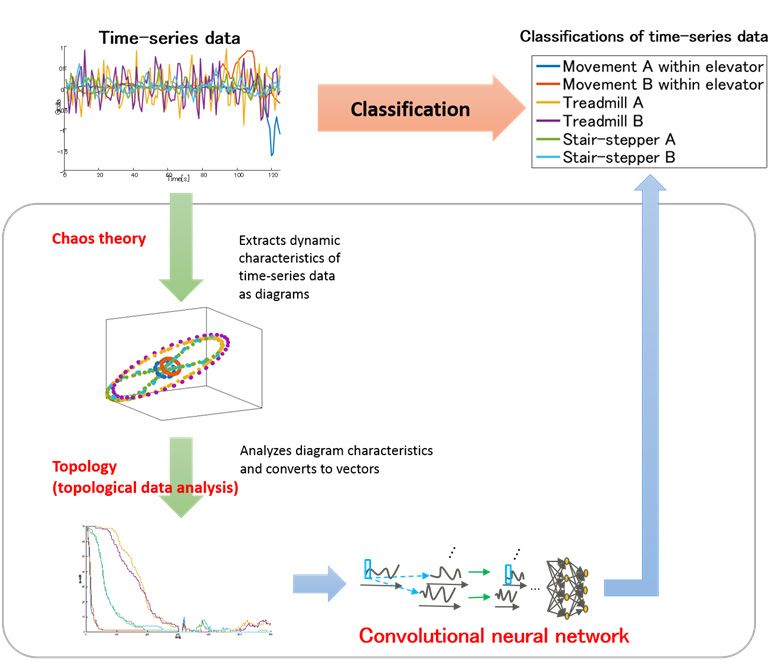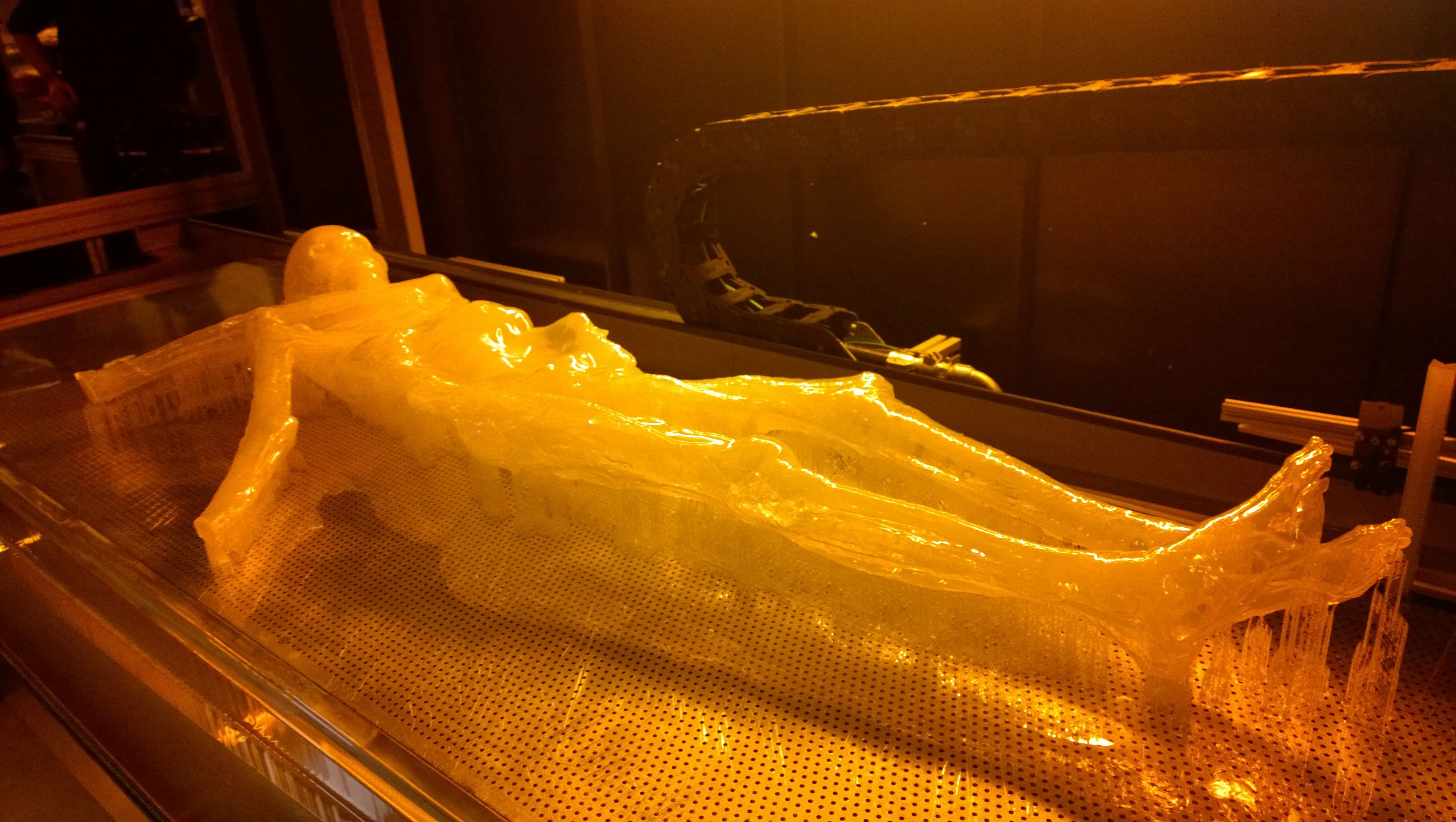Unfortunately, much of this (teaching morals, developing a defense plan in case of a preemptive strike, etc,) is not going to work and key reason is simple. Robots are and will always be a machine at it’s core foundation. And, as a result, criminals and terrorists will be able to pay enough money to someone to over ride the technology; therefore, enabling criminals and others to do whatever they wish with the technology.
Instead of trying to promote book reading as a means to preventing an up rising; let’s be a little more realistic in this by stating we’re teaching the machine to have more of an interpersonal approach in its communications and interactions with people. Also, I highly encourage robotic companies need to include a well diverse engineering team especially where robotics is being developed for domestic usage and caregiver usage; otherwise, you will be only as good as the next competitor’s product that did include a right mix of engineers and deliver a better product that meets both male and female needs as well as cultural needs.
In other words, it will be hard for a robot designed & created with a dominate male (20 to 30 something year olds) minded to relate how a female 50 yr old thinks about her house. Again, I would love to see more females get into this space especially female owned companies because they could truly own this market.
Add a comment…
This is going to require a few good books. But choose them carefully.





